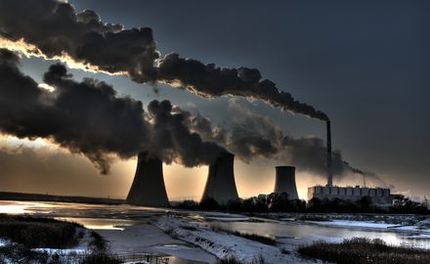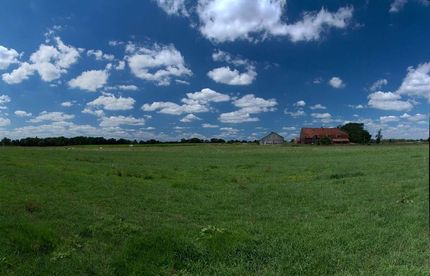Super-size deposits of frozen carbon threat to climate change
The vast amount of carbon stored in the arctic and boreal regions of the world is more than double that previously estimated, according to a study published this week.
The amount of carbon in frozen soils, sediments and river deltas (permafrost) raises new concerns over the role of the northern regions as future sources of greenhouse gases.
"We now estimate the deposits contain over 1.5 trillion tons of frozen carbon, about twice as much carbon as contained in the atmosphere", said Dr. Charles Tarnocai, Agriculture and Agri-Food Canada, Ottawa, and lead author.
Dr. Pep Canadell, Executive Director of the Global Carbon Project at CSIRO, Australia, and co-author of the study says that the existence of these super-sized deposits of frozen carbon means that any thawing of permafrost due to global warming may lead to significant emissions of the greenhouse gases carbon dioxide and methane.
Carbon deposits frozen thousands of years ago can easily break down when permafrost thaws releasing greenhouse gases to the atmosphere, according to another recent study by some of the same authors.
"Radioactive carbon dating shows that most of the carbon dioxide currently emitted by thawing soils in Alaska was formed and frozen thousands of years ago. The carbon dating demonstrates how easily carbon decomposes when soils thaw under warmer conditions," said Professor Ted Schuur, University of Florida and co-author of the paper.
The authors point out the large uncertainties surrounding the extent to which permafrost carbon thawing could further accelerate climate change.
"Permafrost carbon is a bit of a wildcard in the efforts to predict future climate change," said Dr Canadell. "All evidence to date shows that carbon in permafrost is likely to play a significant role in the 21st century climate given the large carbon deposits, the readiness of its organic matter to release greenhouse gases when thawed, and the fact that high latitudes will experience the largest increase in air temperature of all regions."
Carbon in permafrost is found largely in northern regions including Canada, Greenland, Kazakhstan, Mongolia, Russia, Scandinavia and USA.
The carbon assessment is published this week in the journal of "Global Biogeochemical Cycles" of the American Geophysical Union, and the radiocarbon study was recently published in the journal of Nature.
Topics
Organizations
Other news from the department science

Get the chemical industry in your inbox
By submitting this form you agree that LUMITOS AG will send you the newsletter(s) selected above by email. Your data will not be passed on to third parties. Your data will be stored and processed in accordance with our data protection regulations. LUMITOS may contact you by email for the purpose of advertising or market and opinion surveys. You can revoke your consent at any time without giving reasons to LUMITOS AG, Ernst-Augustin-Str. 2, 12489 Berlin, Germany or by e-mail at revoke@lumitos.com with effect for the future. In addition, each email contains a link to unsubscribe from the corresponding newsletter.




























































